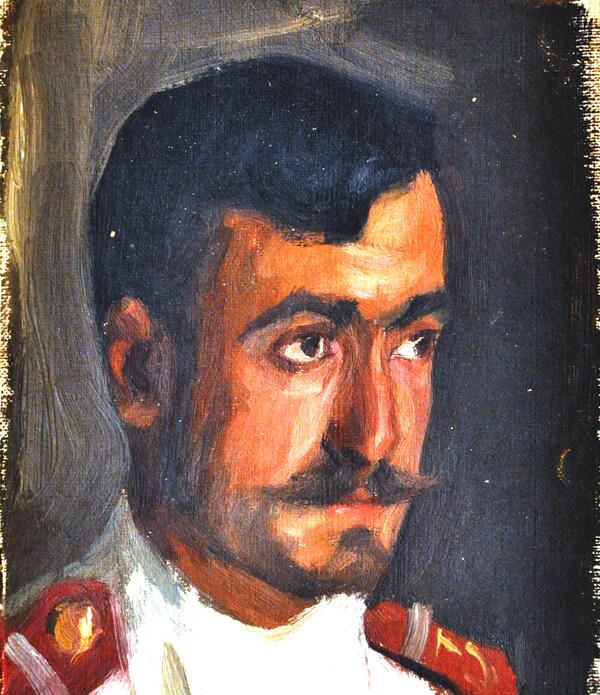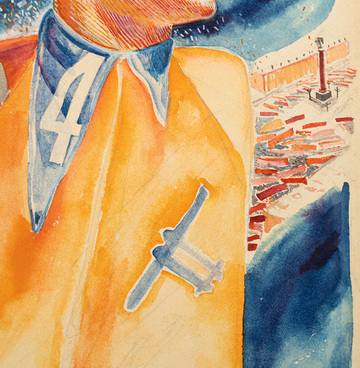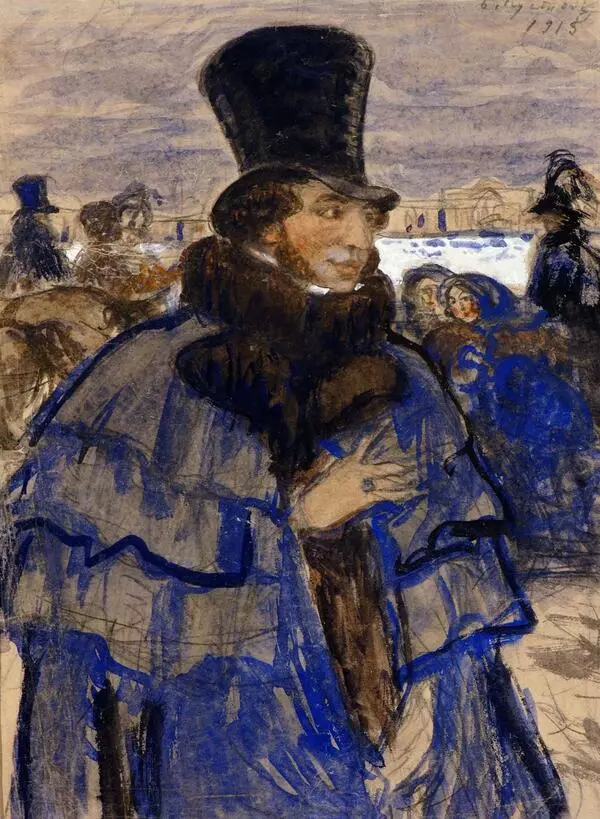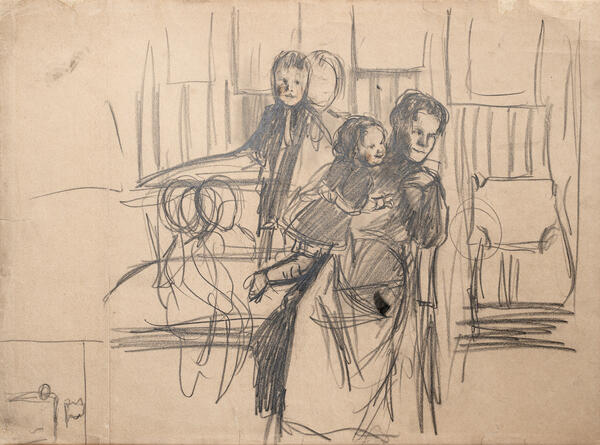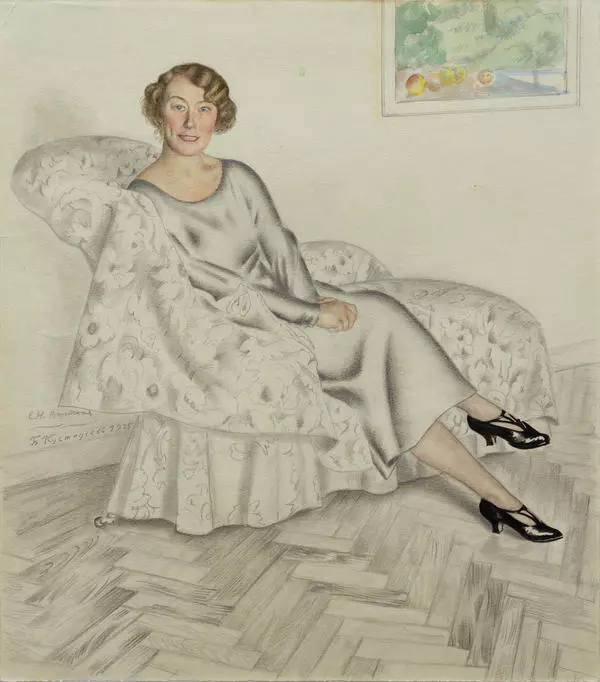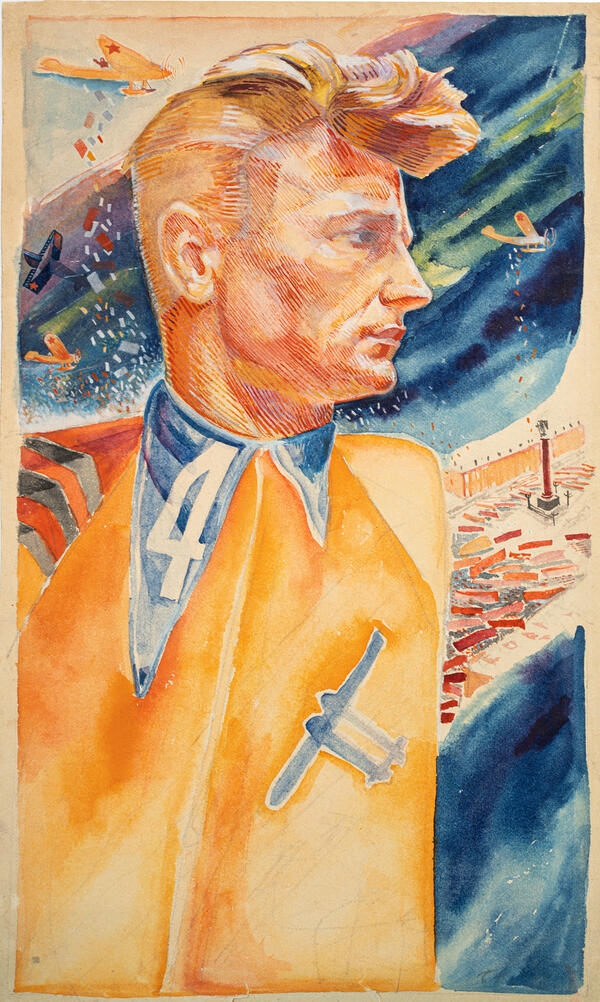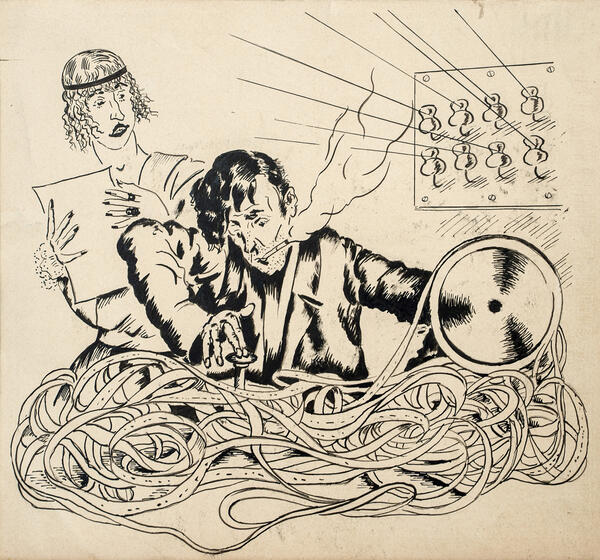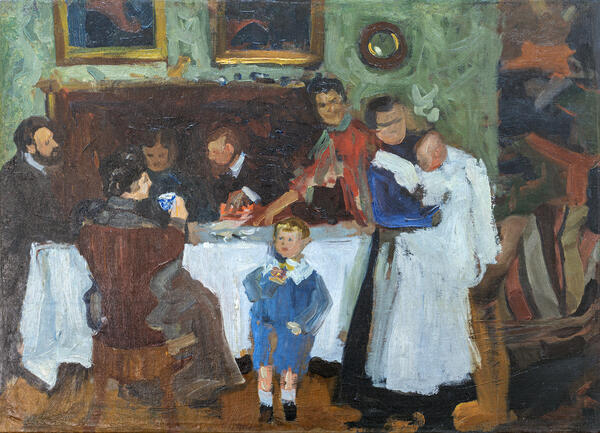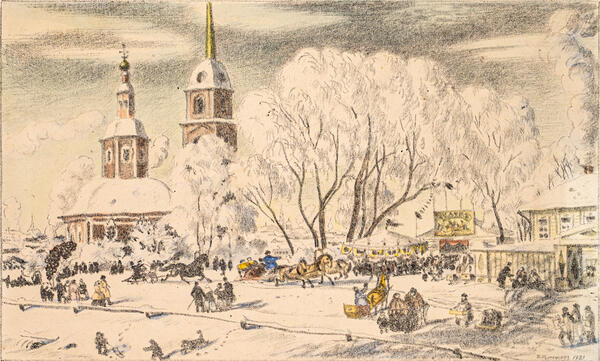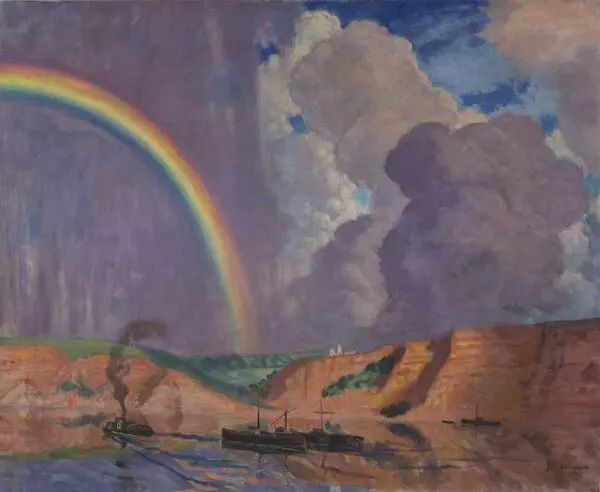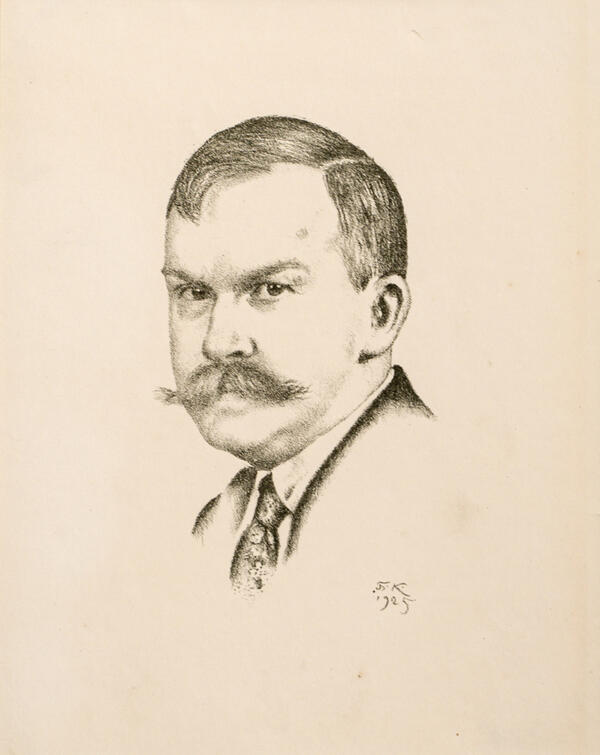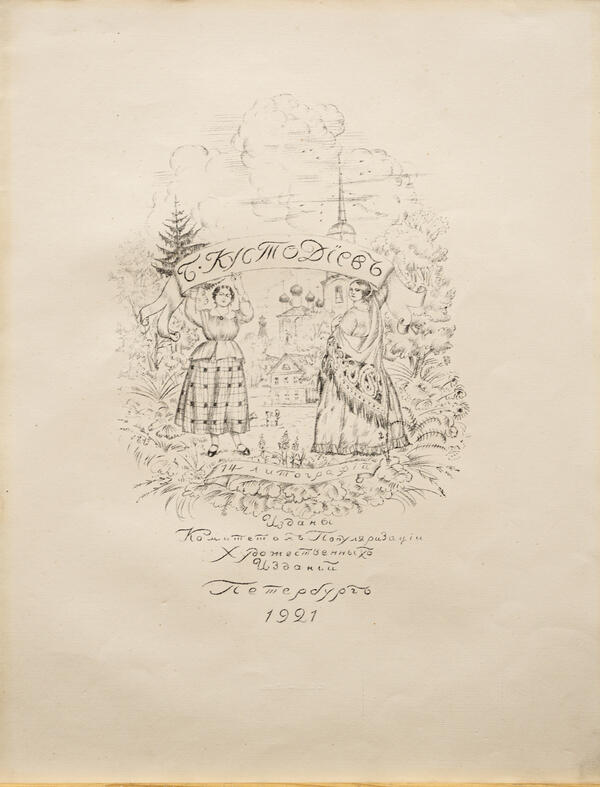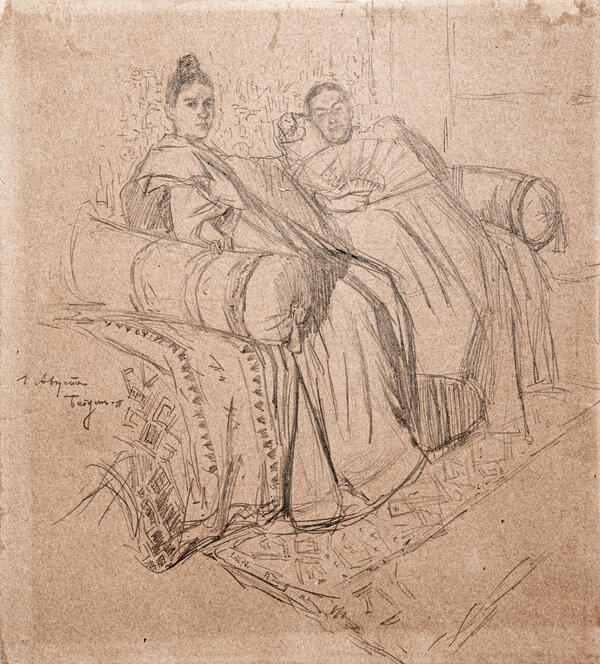“Portrait of a Military Man” by Boris Kustodiev is a small but vivid and expressive study of a swarthy young man with a mustache, wearing a light field uniform with shoulder straps.
The work was executed in Batum in 1899. At that time Boris Kustodiev was staying there with his sister Yekaterina, who had married the officer Alexander Volnitsky and left Astrakhan with him for his duty station. Kustodiev’s acquaintance with the Caucasus began in July 1894, when his uncle, Stepan Lukich Nikolsky, took the 16-year-old with him on a trip. From July 13, Kustodiev kept a travel diary, in which he described this trip in detail, accompanying his notes with numerous drawings. The drawings were not yet too skillful, but they accurately recorded everything that the young man found interesting: the scenes on the steamship, people in national costumes, unusual churches, household items of the Caucasus peoples. At the end of the trip, the future artist wrote: “I will never lose my impressions of the Georgian Military Road, Terek, Pyatigorsk and Beshtau. I may never get to see the Caucasus again, but I will keep the best memories of it.”
Fortunately, later he would visit these beautiful places on several more occasions (in 1897, 1899 and 1900). The artist visited Georgia (Ozurgeti, Nikolaevsk), Azerbaijan (Baku), Dagestan (Petrovsk, now Makhachkala), traveled to Vladikavkaz, Essentuki, Pyatigorsk, Zheleznovodsk and Suram. Enthralled by the beauty and novelty of what he saw, Kustodiev painted the magnificent views of Mount Kazbek and the Terek River, the Daryal Gorge, Lermontov’s places, ancient houses and castles. Kustodiev’s museum collection contains a series of five sketches in oil on cardboard, painted in 1899. The mighty mountain slopes, the fog descending into the valley, the “boiling” rushing mountain river were masterfully rendered by the attentive observer.
As he once did in Suram, Kustodiev painted
portraits of soldiers, most likely in the regiment where Volnitsky served. The
plentiful impressions, which the artist mentioned in the letters to his
relatives (“Pictures, pictures and pictures everywhere…”), urged Kustodiev to
work hard. The military attracted him: there were many interesting faces,
“typical” Gurian, Turkish, and those of various ethnic groups living in the
Caucasus.

